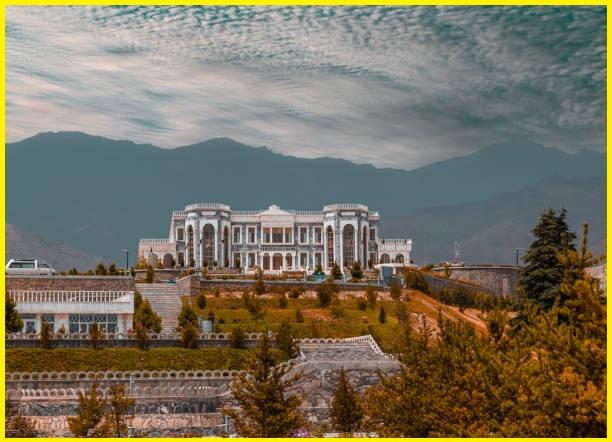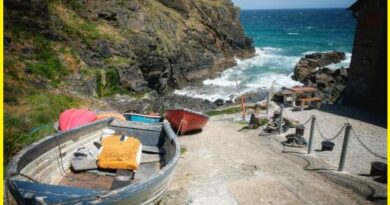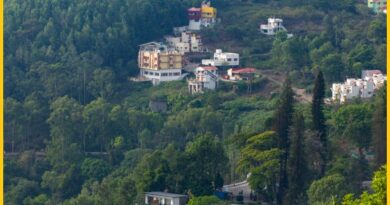Afghanistan- A Wonderful nation and a Historical Heritage
Afghanistan
Afghanistan is a landlocked country located in South Asia, bordered by Pakistan to the east and south, Iran to the west, Turkmenistan, Uzbekistan, and Tajikistan to the north, and China to the northeast. Its capital and largest city is Kabul. Afghanistan has a variety of ethnic groups, including Pashtuns, Tajiks, Hazaras, Uzbeks, and others. The official languages of Afghanistan are Dari and Pashto, although there are many other languages and dialects spoken throughout the country. The country has a rich cultural heritage, with many historical sites, monuments, and artifacts dating back thousands of years. The country is also known for its traditional music, art, and literature.
Despite its cultural and historical significance, Afghanistan has faced significant challenges over the past several decades, including ongoing conflict and violence, political instability, poverty, and a lack of basic services and infrastructure. The country has been the focus of international attention and aid efforts aimed at promoting stability, development, and human rights.
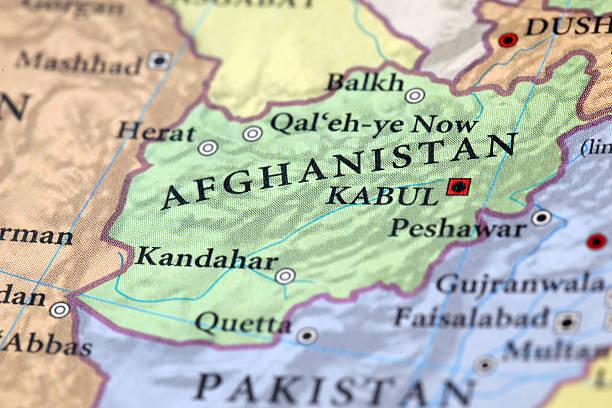
History
Afghanistan has a long and complex history dating back to ancient times. The region has been inhabited since at least the Neolithic period, and various empires and civilizations have risen and fallen in the area throughout the centuries. The Persian Achaemenid Empire conquered the region in the 6th century BCE. In the 4th century BCE, Alexander the Great conquered the area, which eventually led to the rise of the Greco-Bactrian Kingdom in the 3rd century BCE. Arab armies conquered the region in the 7th century CE and Islam became the dominant religion. The region was ruled by various Islamic dynasties and empires, including the Ghaznavids, the Ghorids, and the Mughals.
The British Empire invaded and occupied Afghanistan in the 19th century in order to protect its interests in the region, and Afghanistan became a buffer state between the British Empire and the Russian Empire. In 1919, Afghanistan gained independence from British colonial rule and established a monarchy. The country remained relatively stable until 1978 when a coup led by the People’s Democratic Party of Afghanistan (PDPA) overthrew the monarchy and established a communist government. The Soviet Union invaded Afghanistan in 1979 to support the new communist government, leading to a long and devastating war that lasted until 1989. After the withdrawal of Soviet forces, Afghanistan was plunged into a period of civil war, with various factions vying for control.

The Taliban, a fundamentalist Islamic militia, took control of Kabul in 1996 and established a harsh regime that imposed strict Islamic law. The Taliban harbored and supported Al-Qaeda, which was responsible for the September 11th attacks in the United States in 2001. In response to the 9/11 attacks, the United States launched a military campaign against the Taliban, and with the help of allied forces, overthrew the Taliban government. Since then, Afghanistan has been in a state of conflict and instability, with ongoing violence and again it was captured by the Taliban government in 2021.
Kabul
Kabul is the capital and largest city of Afghanistan located in the eastern part of the country, at an elevation of 1,800 meters above sea level, in the Kabul River valley. The city has a long and complex history, with evidence of human habitation in the area dating back over 3,000 years. Kabul is home to a number of cultural and historical landmarks, including the historic Babur Gardens, the National Museum of Afghanistan, and the Kabul Zoo. The city is also known for its vibrant markets and bazaars, where visitors can find traditional Afghan handicrafts, clothing, and other goods.
Also read- Geotourism around the Tajmahal, India-A Dream destination
Parvan
Parwan or Parvan is a province located in the eastern part of Afghanistan, just north of the capital city of Kabul. It is one of the 34 provinces of Afghanistan. It is known for its beautiful mountainous terrain, including the Hindu Kush and Koh-e-Baba mountain ranges. The Salang Pass, a high mountain pass that connects the northern and southern parts of the country, runs through the province.
The provincial capital of Parwan is Charikar, which is located on the Kabul River and is home to a number of historic sites and cultural landmarks. These include the ancient city of Bagram, which was an important center of Buddhist culture and trade in ancient times, and the famous Takht-e-Rostam, a large hill with ancient caves and rock carvings. Parwan is also home to several important military installations, including the Bagram Air Base, which is one of the largest military bases in Afghanistan and has been used by both US and Afghan military forces.

Nangarhar
Nangarhar is a province located in eastern Afghanistan, bordering Pakistan to the east. The capital of Nangarhar is Jalalabad, which is located in the eastern part of the province and is one of the largest cities in Afghanistan. The city is an important center of trade and commerce, with a thriving market and a number of manufacturing industries. Nangarhar is known for its scenic beauty, with a diverse landscape that includes mountains, valleys, and fertile agricultural land. The province is also home to a number of important cultural and historical landmarks, including the ancient city of Hadda, which was an important center of Buddhist culture in the 2nd century AD, and the famous Tora Bora caves.
Balkh
Balkh or Balkh province is located in northern Afghanistan, bordering Uzbekistan to the north. The provincial capital of Balkh is Mazar-e-Sharif, which is the fourth-largest city in Afghanistan and an important center of commerce, trade, and industry. The city is known for its beautiful blue-tiled mosques, including the famous Blue Mosque, which is one of the most important cultural and historical landmarks in the country.
Balkh province is known for its rich history and culture, with evidence of human habitation in the area dating back over 5,000 years. The ancient city of Balkh was an important center of civilization and trade along the Silk Road and is said to have been home to the famous poet and philosopher Rumi. Balkh province is also known for its fertile agricultural land, with crops including wheat, rice, cotton, and fruit trees. It is home to a number of natural resources, including copper, coal, and natural gas.

Bamyan
Bamyan or Bamiyan is a province located in central Afghanistan. The capital of Bamyan is also called Bamyan, which is a small town nestled in a valley in the central highlands of Afghanistan. The town is famous for its ancient Buddhist statues, which were carved into the cliffs of the Bamyan valley in the 6th century AD. The largest of these statues, known as the Buddhas of Bamyan, is a cultural and historical landmark in the region.
Bamyan is known for its stunning natural beauty, with a landscape that includes snow-capped mountains, valleys, and lakes. The Band-e-Amir National Park, which is located in the province, is the first national park in Afghanistan and is known for its beautiful lakes and waterfalls. Bamyan is also an important center of agriculture, with crops including wheat, barley, and potatoes. The province is home to a number of natural resources, including precious and semi-precious stones, such as lapis lazuli, which have been mined in the region for centuries.
Badakhshan
Badakhshan is a province located in northeastern Afghanistan, bordering Tajikistan to the north and China to the east. The capital of Badakhshan is Fayzabad, which is a historic city with a strategic location on the Silk Road. The city is known for its ancient citadel, which was built in the 12th century, as well as its bazaar, which is an important center of commerce and trade in the region. Badakhshan is known for its stunning natural beauty, with a landscape that includes towering mountains, deep valleys, and rushing rivers.
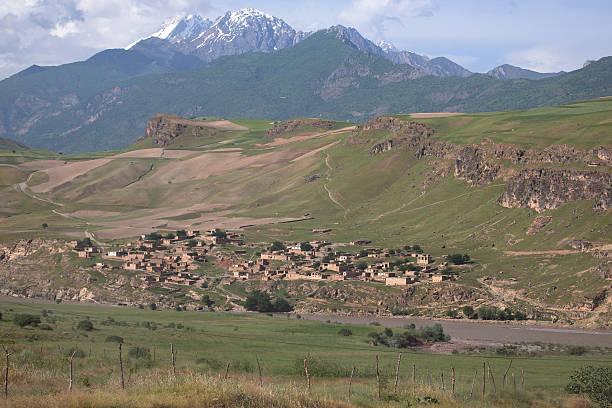
The province is home to the Pamir Mountains, which are part of the Himalayan range and contain some of the highest peaks in the world. The economy of Badakhshan is primarily based on agriculture and animal husbandry. The province is also known for its precious stones, including lapis lazuli, which has been mined in the region for thousands of years.
Herat
Herat is a province located in western Afghanistan, bordering Iran to the west. The capital of Herat is also called Herat, which is a historic city with a rich cultural and architectural heritage. The city was an important center of trade and commerce in the region due to its location on the Silk road. It is known for its stunning historical landmarks, including the Citadel of Herat, the Friday Mosque, and the Mausoleum of Khwaja Abdullah Ansari. Herat is known for its rich and diverse culture, with a mix of ethnic groups and languages, including Pashto, Dari, and Turkmen. The province is home to a number of traditional crafts and industries, including carpet weaving, pottery, and jewelry-making. The economy of Herat is primarily based on agriculture, with crops including wheat, cotton, and fruits such as pomegranates and grapes.
Ghazni
Ghazni is a province located in central Afghanistan, approximately 150 kilometers south of Kabul. The capital of Ghazni is also called Ghazni, which is a historic city with a rich cultural and architectural heritage. It is known for its stunning historical landmarks, including the Ghazni Citadel, the Mausoleum of Sultan Mahmud, and the Minaret of Ghazni. Ghazni is known for its rich and diverse culture, with a mix of ethnic groups and languages, including Pashto and Dari. The province is home to a number of traditional crafts and industries, including carpet weaving, pottery, and jewelry-making. The economy of Ghazni is primarily based on agriculture, mainly on fruits such as pomegranates and apricots. The province is also home to a number of natural resources, including coal and marble.

Panjshir
Panjshir is a province located in northeastern Afghanistan, approximately 150 kilometers north of Kabul. The capital of Panjshir is Bazarak, which is a small town located in a valley surrounded by towering mountains. The valley is known for its natural beauty, with a landscape that includes forests, rivers, and waterfalls. The region is also known for its historical and cultural significance, with evidence of human habitation in the area dating back to ancient times. Panjshir is also known for its strategic location, as it is situated in a narrow valley that has been historically difficult to conquer. The economy of Panjshir is primarily agricultural. The province is also home to a number of natural resources, including emeralds and other precious stones.
Things to do in Afghanistan
Due to conflict and security concerns, travel to Afghanistan is not recommended for tourists or casual visitors. The safety of both locals and foreigners in Afghanistan is a major concern. However, for those who do live in Afghanistan or are visiting for specific purposes, there are several cultural and historical sites that may be of interest. These include:
The Buddhas of Bamiyan- Located in the Bamiyan Valley, these ancient statues of Buddha were carved into the cliffs over 1,500 years ago. Despite being largely destroyed by the Taliban in 2001, the site remains an important historical and cultural landmark.
The National Museum of Afghanistan-Located in Kabul, this museum houses a collection of artifacts from Afghanistan’s rich history, including ancient pottery, jewelry, and coins.
Kabul Zoo- Although small and in need of maintenance, the Kabul Zoo is one of the few public attractions in the city and features a variety of animals, including lions, monkeys, and birds.
Gardens of Babur- These beautiful gardens were laid out in the 16th century and are a peaceful oasis in the midst of the chaotic city of Kabul.
Afghan National Gallery of Fine Arts- This art gallery in Kabul showcases a variety of Afghan artwork, including paintings, sculptures, and calligraphy.
How to reach Afghanistan
There are a few different ways to reach Afghanistan, depending on where you are coming from and what mode of transportation you prefer. Most international visitors to Afghanistan arrive at Hamid Karzai International Airport, which is located in the capital city of Kabul. There are direct flights to Kabul from a number of international cities, including Dubai, Istanbul, and Delhi. Afghanistan shares borders with several countries, including Pakistan, Iran, Turkmenistan, Uzbekistan, and Tajikistan. If you are traveling overland, you can enter Afghanistan at one of these border crossings.
